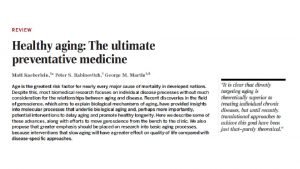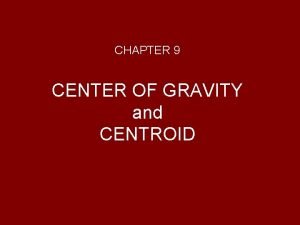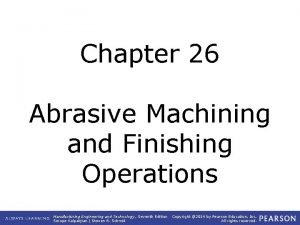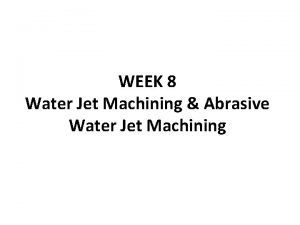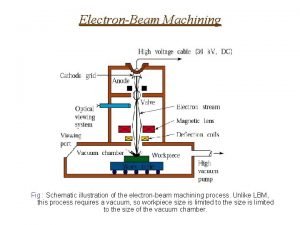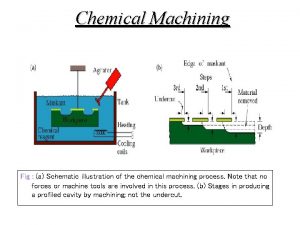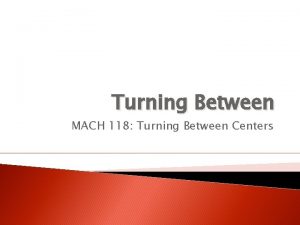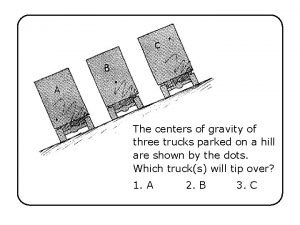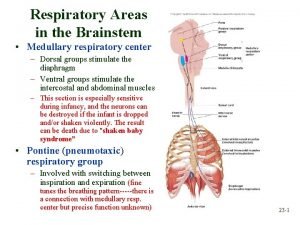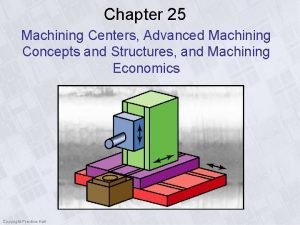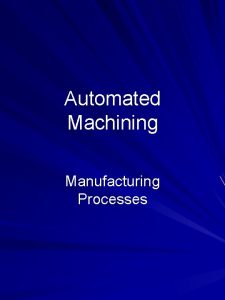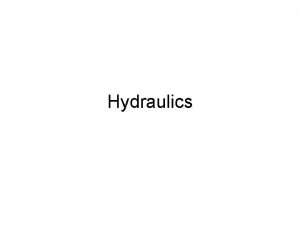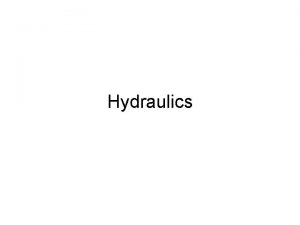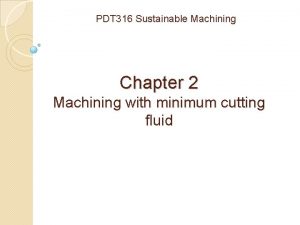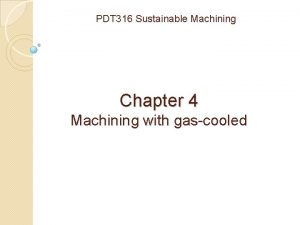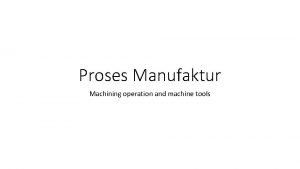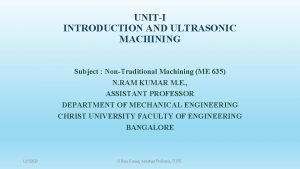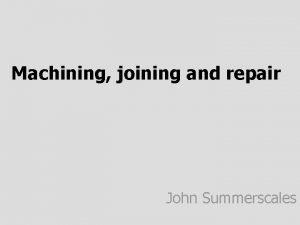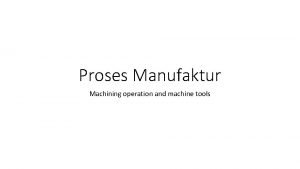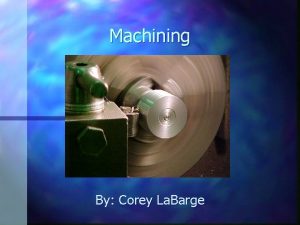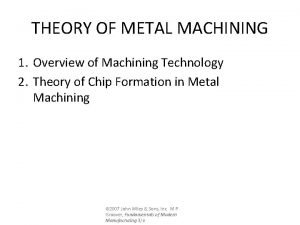Chapter 25 Machining Centers MachineTool Structures and Machining













- Slides: 13

Chapter 25 Machining Centers, Machine-Tool Structures, and Machining Economics Manufacturing Engineering and Technology , Seventh Edition Serope Kalpakjian | Steven R. Schmid Copyright © 2014 by Pearson Education, Inc. All rights reserved.

SOME PRODUCTS NEED VARIOUS PROCESSES (TURNING, FACING, BORING, THREADING Manufacturing Engineering and Technology , Seventh Edition Serope Kalpakjian | Steven R. Schmid Copyright © 2014 by Pearson Education, Inc. All rights reserved.

FIGURE 25. 1 Examples of parts that can be machined on machining centers using various processes such as turning, facing, milling, drilling, boring, reaming, and threading; such parts ordinarily would require the use of a variety of machine tools to complete. (a) Forged motorcycle wheel, finish machined to tolerance and subsequently polished and coated. (b) Detailed view of an engine block, showing complex cavities, threaded holes, and planar surfaces. Source: (a) Courtesy of R. C. Components; (b) courtesy of Donovan Engineering, programming by N. Woodruff, and Photography by E. Dellis, Powersports Photography. Manufacturing Engineering and Technology , Seventh Edition Serope Kalpakjian | Steven R. Schmid Copyright © 2014 by Pearson Education, Inc. All rights reserved.

CONCEPT OF MACHINING CENTER traditional method is to produce parts on several machines Transfer (dedicated) lines are used in mass production If production change for any reason, rearranging the machines is costly Machine center: is an advanced computer controlled machine tool that is capable of performing a variety of machining operation on different surfaces and at different orientations of a work piece without need to remove it from the work holding device Manufacturing Engineering and Technology , Seventh Edition Serope Kalpakjian | Steven R. Schmid Copyright © 2014 by Pearson Education, Inc. All rights reserved.

CONCEPT OF MACHINING CENTER work piece generally stationary cutting tools rotate in transfer lines or traditional factories: the work piece is brought to the machine in machining centers: the machinig operation is brought to the work piece Manufacturing Engineering and Technology , Seventh Edition Serope Kalpakjian | Steven R. Schmid Copyright © 2014 by Pearson Education, Inc. All rights reserved.

FIGURE 25. 3 Schematic illustration of the principle of a five-axis machining center. Note that, in addition to possessing three linear movements (three axes), the pallet, which supports the workpiece, can be swiveled around two axes (hence a total of five axes), allowing the machining of complex shapes, such as those shown in Fig. 25. 1. Source: Courtesy of Toyoda Machinery. Manufacturing Engineering and Technology , Seventh Edition Serope Kalpakjian | Steven R. Schmid Copyright © 2014 by Pearson Education, Inc. All rights reserved.

FIGURE 25. 5 Swing-around tool changer on a horizontal-spindle machining center. (a) The tool-exchange arm is placing a toolholder with a cutting tool into the machine spindle; note the axial and rotational movement of the arm. (b) The arm is returning to its home position; note its rotation along a vertical axis after placing the tool and the two degrees of freedom in its home position. Manufacturing Engineering and Technology , Seventh Edition Serope Kalpakjian | Steven R. Schmid Copyright © 2014 by Pearson Education, Inc. All rights reserved.

FIGURE 25. 7 A vertical-spindle machining center; the tool changer is on the left of the machine, and has a 40 tool magazine. Source: Courtesy of Haas Automation, Inc. Manufacturing Engineering and Technology , Seventh Edition Serope Kalpakjian | Steven R. Schmid Copyright © 2014 by Pearson Education, Inc. All rights reserved.

FIGURE 25. 8 A computer numerical-controlled turning center. The two spindle heads and two turret heads make the machine very flexible in its machining capabilities; up to three turret heads are commercially available. Source: Courtesy of Mori Seiki Co. , Ltd. Manufacturing Engineering and Technology , Seventh Edition Serope Kalpakjian | Steven R. Schmid Copyright © 2014 by Pearson Education, Inc. All rights reserved.

MACHINE-TOOL MATERIALS Gray cast iron Welded steel structures Ceramic components Composites Manufacturing Engineering and Technology , Seventh Edition Serope Kalpakjian | Steven R. Schmid Copyright © 2014 by Pearson Education, Inc. All rights reserved.

VIBRATION AND CHATTER IN MACHINING OPERATIONS UNCONTROLLED VIBRATION AND CHATTER CAN RESULT IN: 1. Poor surface finish 2. Loss of dimensional accuracy of work piece 3. Premature failure of cutting tool 4. Possible damage of machine-tool components 5. Noise Manufacturing Engineering and Technology , Seventh Edition Serope Kalpakjian | Steven R. Schmid Copyright © 2014 by Pearson Education, Inc. All rights reserved.

FACTORS INFLUENCING CHATTER 1. Cutting forces 2. increase in hardness 3. Type of chip produced (continuous chips involve steady cutting forces) Manufacturing Engineering and Technology , Seventh Edition Serope Kalpakjian | Steven R. Schmid Copyright © 2014 by Pearson Education, Inc. All rights reserved.

GUIDELINES FOR REDUCING VIBRATION 1. Minimize tool overhang 2. improve stiffness of work-holding devices 3. Modify cutter geometry to reduce forces 4. Change cutting speeds, feed, depth of cut and cutting fluids 5. Improve the damping capacity of the machine tool Manufacturing Engineering and Technology , Seventh Edition Serope Kalpakjian | Steven R. Schmid Copyright © 2014 by Pearson Education, Inc. All rights reserved.
 Analogous structure
Analogous structure Nih institutes and centers
Nih institutes and centers Global marketplaces and business centers
Global marketplaces and business centers Centroids and centers of gravity
Centroids and centers of gravity Pros and cons of head start program
Pros and cons of head start program Health resource centers and libraries near pittsburg
Health resource centers and libraries near pittsburg Abrasive manufacturing process
Abrasive manufacturing process Disadvantages of abrasive water jet machining
Disadvantages of abrasive water jet machining Electron beam machining diagram
Electron beam machining diagram Electrochemical machining advantages and disadvantages
Electrochemical machining advantages and disadvantages Turning between centers without dog
Turning between centers without dog Sef juvenile detention
Sef juvenile detention The centers of gravity of the three trucks
The centers of gravity of the three trucks Medulla respiratory
Medulla respiratory

